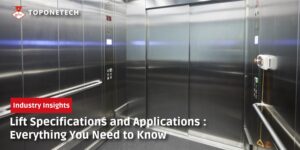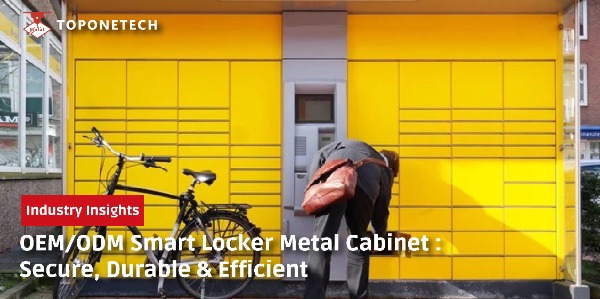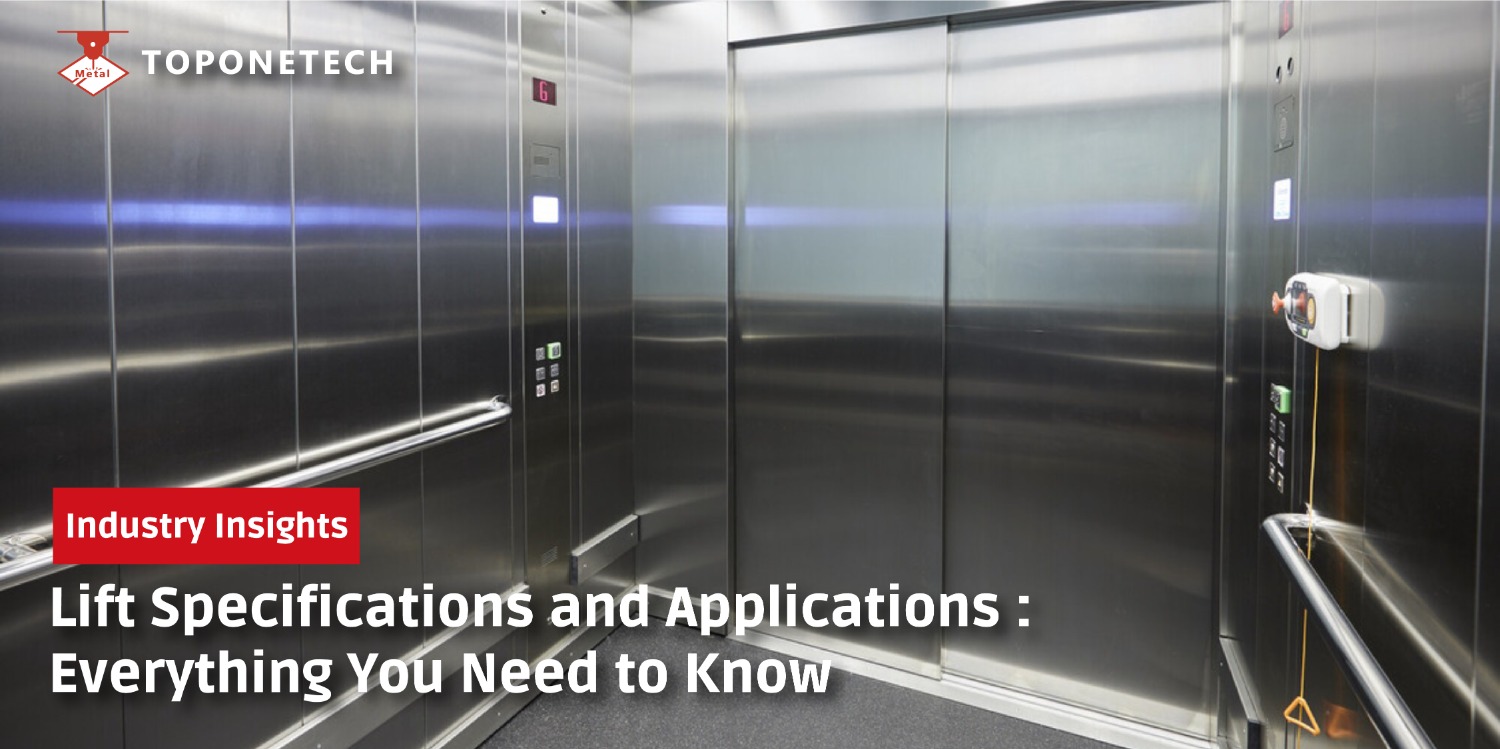
Lift Specifications and Applications : Everything You Need to Know – Lifts, also known as elevators, are essential pieces of equipment in modern infrastructure. Whether it’s a commercial building, residential apartment, or industrial site, lifts offer convenience, accessibility, and efficiency. However, choosing the right lift requires understanding of lift specifications and applications. This comprehensive guide explores the technical aspects of lifts, their types, and their various uses across different sectors.
Lift Specifications and Applications
What Are Lift Specifications?
Lift specifications refer to the technical details that define the performance, capacity, and overall functionality of a lift. These include dimensions, load capacity, speed, type of drive system, energy consumption, and more. Understanding these specifications is crucial when selecting a lift for any building, ensuring it meets the required standards and functions efficiently.
Common Lift Specifications:
- Capacity: The maximum weight the lift can carry.
- Speed: How fast the lift moves between floors.
- Drive system: Whether the lift operates on a hydraulic or electric system.
- Door type and size: The dimensions of the lift doors.
- Car size: The internal dimensions of the lift cabin.
Types of Lifts and Their Specifications
Passenger Lifts
Passenger lifts are the most common type of elevators, designed to transport people between floors. They are frequently used in residential apartments, office buildings, and public spaces.
Specifications to consider for Passenger Lifts:
- Capacity: Ranges from 4 to 20 people.
- Speed: Generally between 1-2.5 meters per second.
- Dimensions: Varies, but a standard passenger lift is around 1.1m x 1.4m.
Freight Lifts
Freight lifts are designed to transport goods rather than people. These heavy-duty lifts are widely used in factories, warehouses, and industrial buildings.
Specifications for Freight Lifts:
- Capacity: Can range from 1,000 to 5,000 kg or more.
- Speed: Typically slower than passenger lifts, ranging from 0.5-1 meter per second.
- Size: Larger cabin sizes to accommodate pallets or equipment.
Service Lifts
Service lifts are smaller lifts used to transport objects like food, laundry, or small packages. Often found in hotels, restaurants, and hospitals.
Specifications for Service Lifts:
- Capacity: Generally around 50-200 kg.
- Speed: Fast due to light loads, usually between 1-1.5 meters per second.
- Dimensions: Compact, usually less than 1 meter in height and width.
Key Lift Specifications to Consider
Capacity
The lift’s capacity depends on its application. A passenger lift should accommodate a specific number of people based on the building’s needs, while a freight lift must support the weight of goods or equipment. Overloading a lift can cause mechanical issues and safety hazards.
Speed
Speed is a critical factor, especially for high-rise buildings. Faster lifts improve efficiency but also require advanced braking and safety systems to ensure smooth stops. For residential buildings, lower speeds are sufficient, whereas skyscrapers demand lifts with high-speed capabilities.
Dimensions
The dimensions of the lift cabin and doors should match the expected load and space available in the building. For example, wide doors and spacious cabins are essential for hospitals to accommodate stretchers and wheelchairs.
Drive Systems
The drive system is the mechanism that powers the lift. The most common types are:
- Hydraulic Lifts: Best for low-rise buildings (up to 6 floors), these use fluid pressure to move the cabin.
- Traction Lifts: Suitable for mid to high-rise buildings, these use ropes and counterweights to operate.
Applications of Lifts Across Various Sectors
Commercial Buildings
In high-traffic commercial buildings, such as offices and hotels, passenger lifts are essential for efficient people movement. Modern designs often incorporate multiple lifts to handle peak times and reduce waiting periods.
Residential Apartments
Residential lifts are designed for comfort and space, with specific features like low noise levels, soft lighting, and energy efficiency. With more multi-story buildings being developed, lifts ensure accessibility for the elderly and disabled.
Industrial Settings
Freight lifts in industrial environments are indispensable for transporting heavy loads across floors. They are often found in factories, warehouses, and large retail storage facilities.
Hospitals and Medical Facilities
Hospitals require specialized lifts that can transport patients, medical equipment, and staff quickly and safely. Hospital lifts often have advanced safety features, such as backup power, automatic doors, and antimicrobial surfaces.
Shopping Malls and Retail Spaces
Lifts in shopping malls serve both passengers and freight, helping customers move between floors and allowing shops to transport goods. These lifts must be efficient, aesthetically pleasing, and easy to operate.
Advanced Lift Technologies
Smart Lifts
Smart lifts use digital technology to optimize performance. Equipped with touchscreens, real-time data, and voice control, they make the user experience more convenient. These lifts also integrate with building management systems to optimize energy use.
Eco-friendly Lifts
Eco-friendly lifts focus on reducing energy consumption. Regenerative drives, LED lighting, and standby modes help make lifts greener, which is critical as buildings aim for higher sustainability standards.
AI-Powered Lifts
AI technology allows lifts to learn usage patterns and predict demand. This leads to faster service, reduced energy usage, and smoother rides. AI also enhances predictive maintenance, reducing downtime and extending the lift’s lifespan.
Safety Features and Regulations for Lifts
Safety is paramount in lift design. Modern lifts come with several built-in safety features:
- Emergency Brakes: To stop the lift in case of cable failure.
- Overload Sensors: Prevent the lift from operating when carrying excessive weight.
- Communication Systems: Emergency intercoms allow passengers to communicate with security or maintenance teams.
Regulations, such as the EN 81 standard in Europe or the ASME code in the United States, govern lift safety. Building owners must ensure their lifts meet these regulations to avoid accidents and ensure reliable operation.
Maintenance and Lifespan of Lifts
Routine maintenance is essential for the longevity of a lift. Moreover, periodic inspections can prevent mechanical breakdowns, minimize downtime, and ensure compliance with safety regulations.
A well-maintained lift typically lasts around 20-30 years. However, factors like usage frequency, load, and environmental conditions can affect its lifespan. Regular updates and modernization can extend this lifespan significantly.
Future Trends in Lift Technology
As technology advances, lifts are becoming more sophisticated. Some trends to watch out for include:
- Vertical Mobility Solutions: Concepts like multi-directional lifts and building-wide mobility systems are revolutionizing how we think about vertical transport.
- Green Buildings: As sustainability becomes a priority, the demand for energy-efficient lifts will continue to grow.
- Smart City Integration: Future lifts will be integrated into smart city infrastructure, providing real-time data to optimize urban mobility.
Conclusion
In conclusion, lifts are an essential component of modern architecture and infrastructure. By understanding lift specifications and applications, building owners and managers can make informed decisions when selecting the right lift for their needs. Finally, with advancements in technology, lifts are becoming faster, safer, and more eco-friendly, making them an integral part of the smart cities of tomorrow.
Top One Tech can customize Lift Machine, specially designed for your application scenarios.
Contact us for further information :
Whatsapp/Call us at : +86 13631610695
Email : sales@toponetechmetal.com
See Also : Our Wide Range of Sheet Metal Products



